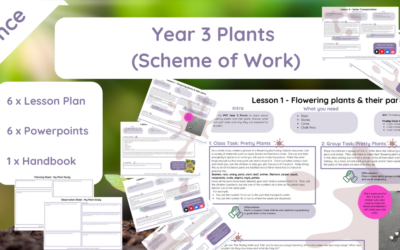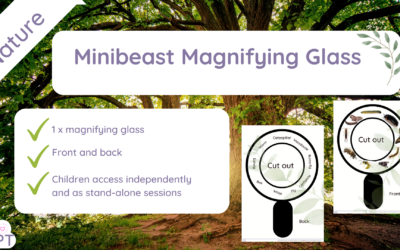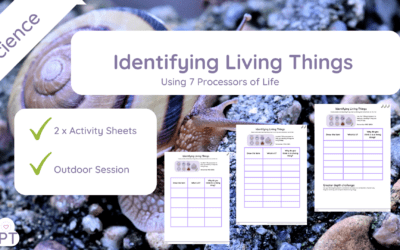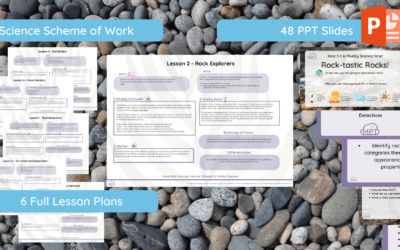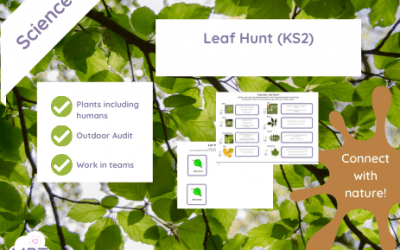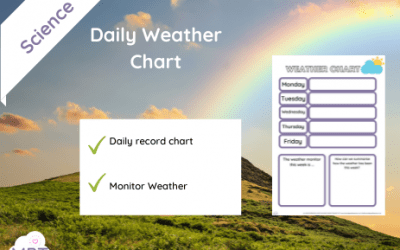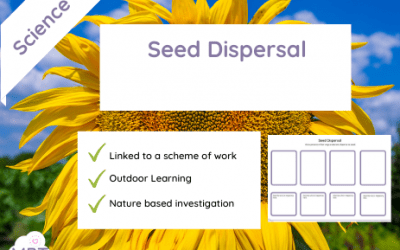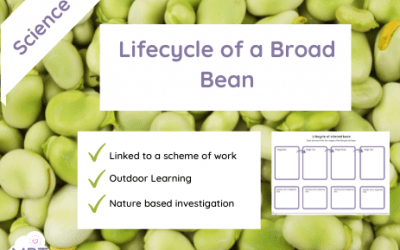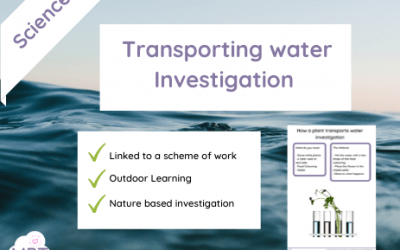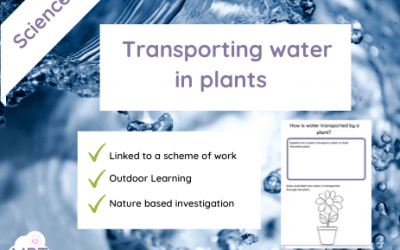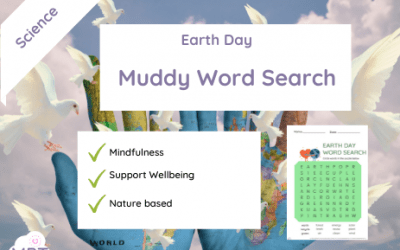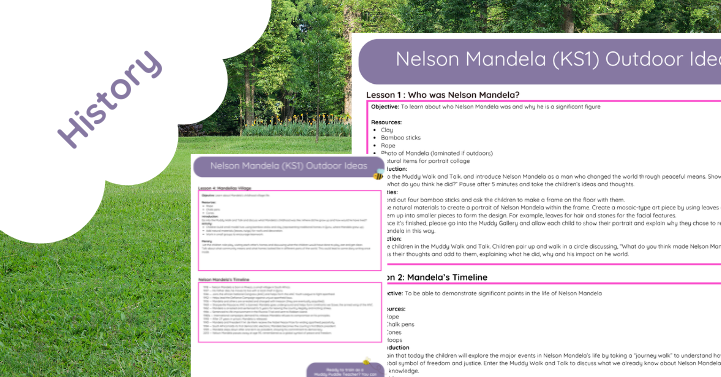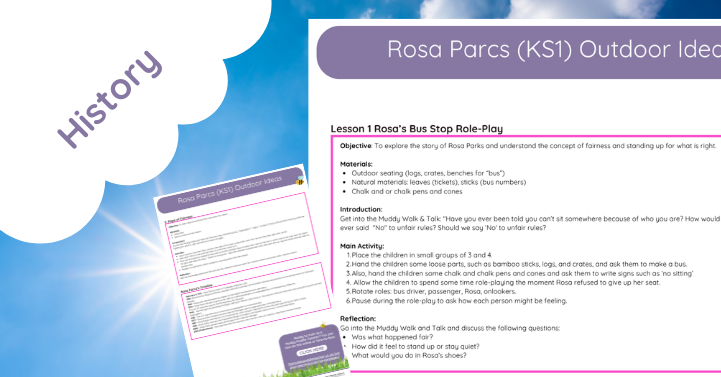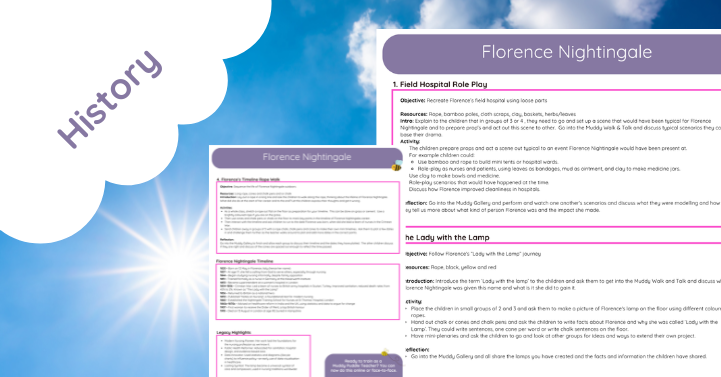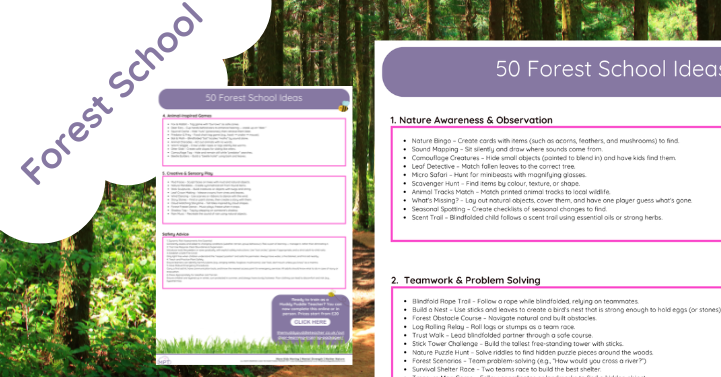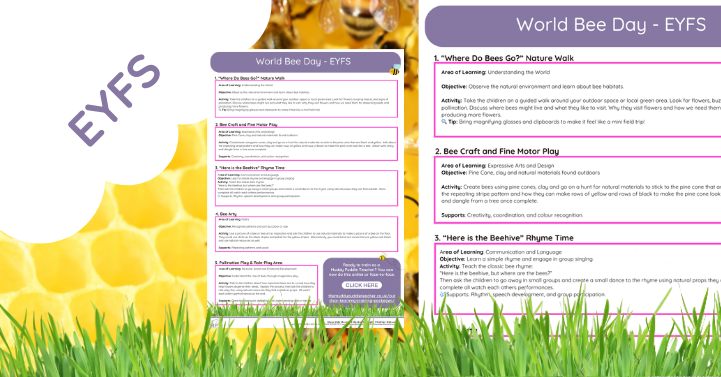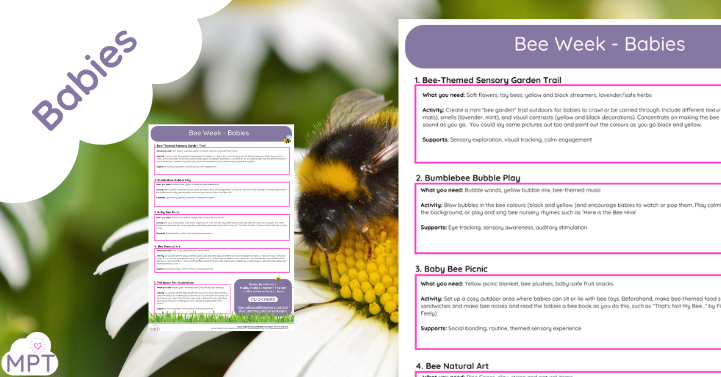What does this resource include? 1 x Whole School Ideas Pack including parents sheet How can I use this resource? ...
Year 3: Forces & Magnets (Scheme of Work)
Jan 22, 2024
What does Year 3: Forces & Magnets include? Overview: Lesson 1: Fantastic Forces Lesson 2: Fast Forces Lesson 3:...
Year 3 Plants (Scheme of Work)
Jan 9, 2024
What does the Year 3 Plants Scheme of Work include? 6 x Year 3 Plants Lesson Plans 6 x PPT Presentations for each...
Minibeast magnifying glasses
Apr 24, 2023
What does this resource include? One magnifying glass with a picture front and words on the back. How can I use this...
Identifying Living Things (Year 4) Differentiated
Nov 15, 2022
What does this resource include? Forms part of the Scheme of Work Living Things (Animals and their habitats) Year 4 3...
SofW: Animals including Humans (Year3)
Nov 14, 2022
What does this resource include? 6 x Lesson Plans for the schemes of the work unit, Year 3 animals, including humans...
PPT: Animals including Humans (Year3)
Nov 14, 2022
What does this resource include? 1 x Powerpoint presentation for Year 3 animals including humans scheme of work ...
Rocks Scheme of Work (Year 3)
Oct 10, 2022
What does the fantastic Rocks Scheme of Work (Year 3) - include? 6 Lesson Plans for the Science Unit Year 3 Rocks 6...
Leaf Identifier KS2
Mar 16, 2022
Take time out to do some Muddy Science! This leaf identifier will help children find trees and identify them by their...
Class Temperature Record (Daily)
Mar 7, 2022
Help your children grasp a practical understanding of temperatures by putting them into context. Use Class...
Class Weather Chart (Daily)
Mar 7, 2022
Use this handy Class Weather Chart to record the weather daily but also find time to reflect on why weather happens...
Seed Dispersal
Feb 28, 2022
Use this template to allow children to show their understanding of the scheme of work.
Lifecycle of a broad bean
Feb 28, 2022
Apply The lifecycle of a Broad Bean as part of our Year 3 Scheme of Work for plants.
Transporting Water Plants Investigation
Feb 28, 2022
Apply Transporting Water Investigation as a nature-based experiment for Year 3's.
Transporting Water in Plants
Feb 28, 2022
Transporting Water in plants is a great activity to use post outdoor learning to assess the children's understanding.
Earth Day Word Search
Feb 27, 2022
Use Earth Day Word Search to help embed a love for the planet and to put a focus on the key areas and words of the...
Bugs (Mini beasts) Mindfulness Colour In
Feb 27, 2022
The Benefits of Mindfulness Colouring Sheets for Children In an increasingly fast-paced and digitally-driven world,...
Plants Mindfulness Colouring In
Feb 27, 2022
Use Plants Mindfulness Colouring In as part of your Science learning or as a brain break to help children be mindful...




